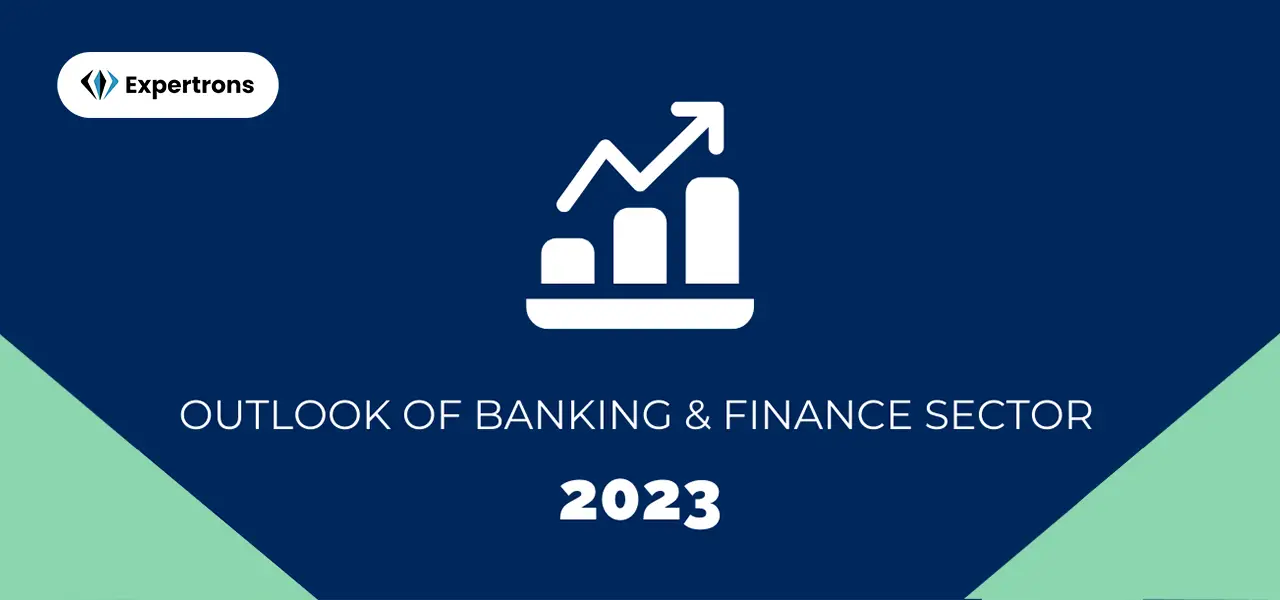Importance of the Banking & Finance Sector: A 2023 Guide!
Introduction
Indian banking is flourishing. There are many reasons for this, but the main reason is a demand for new and innovative financial products.
The Banking and Finance sector BFSI in India has witnessed phenomenal growth in the last decade, with numerous financial institutions coming up, followed by a major share of banks in Indian stock exchanges.
The rollout of UPI (Unified Payment Interface) has significantly enhanced India’s digital payments ecosystem and has played a major role in making India one of the biggest markets globally for digital payments.
Do you know?
“Compared to the world’s developed nations, 40% of the world’s total digital transactions happen in India.”
In recent years, innovative banking models like payments and small finance banks have also been witnessed.
A few years ago, the Pradhan Mantri Jan Dhan Yojna was launched to create an atmosphere of financial inclusion and further fuel the country’s credit cycle.
Market Size of Banking & Finance Sector
- The Indian banking system consists of 12 public sector banks, 22 private sector banks and 46 foreign banks.
- As of September 2021, the total number of ATMs in India reached 213,145, of which 47.5% are in rural and semi-urban areas.
- In 2020-2022, bank assets increased across sectors in addition to rural cooperative banks, which are more closely linked to agriculture than their urban counterparts.
- As of 2022, total assets across two sectors increased to US$ 2.67 trillion.
Also read: Power of Financial Mastery with Banking Diploma Courses: Benefits & Career Prospects
Developments in the Banking & Finance Sector
Below are the key investments and developments in India’s banking industry include:
- On June 2022, the number of bank accounts—opened under the government’s flagship financial inclusion drive ‘Pradhan Mantri Jan Dhan Yojana (PMJDY)’—reached 45.60 crores, and deposits in the Jan Dhan bank accounts totalled Rs. 1.68 trillion (US$ 21.56 billion).
- In April 2022, India’s largest private bank HDFC Bank announced a transformational merger with HDFC Limited.
- On November 09, 2021, RBI announced the launch of its first global hackathon, ‘HARBINGER 2021 – Innovation for Transformation’, with the theme ‘Smarter Digital Payments’.
- In November 2021, Kotak Mahindra Bank announced that it had completed the acquisition of a 9.98% stake in KFin Technologies for Rs. 310 crores (US$ 41.62 million).
Click here: Upskill in Banking & Finance (BFSI) to land 100% Guaranteed Job* at high-growth roles.
- In July 2021, Google Pay for Business enabled small merchants to access credit through a tie-up with the digital lending platform for MSMEs—FlexiLoans.
- In December 2020, in response to the RBI’s cautionary message, the Digital Lenders’ Association issued a revised code of conduct for digital lending.
- On November 6, 2020, WhatsApp started UPI payments service in India on receiving the National Payments Corporation of India (NPCI) approval to ‘Go Live’ on UPI in a graded manner.
- In October 2020, HDFC Bank and Apollo Hospitals partnered to launch the ‘HealthyLife Programme’, a holistic healthcare solution that makes healthy living accessible and affordable on Apollo’s digital platform.
- In 2019, banking and financial services witnessed 32 M&A (merger and acquisition) activities worth US$ 1.72 billion.
- In March 2020, the State Bank of India (SBI), India’s largest lender, raised US$ 100 million in green bonds through private placement.
Scope of a Career in the Banking & Finance Sector
The shift towards online banking has sent jitters down some future banking professionals.
With automation slated to be a reality soon, one wonders whether jobs in the banking sector will eventually dry up.
However, the shift to back table jobs like KPOs, investment banking and financial analysis has opened new opportunities in banking & finance after graduation.
To succeed, one must have the right combination of a diverse set of skills, including an understanding of mathematical formulas involved in solving complex problems which may arise as a result of working in this industry.
Key Takeaway
Expertrons Post Graduate Certification program is designed to equip you with industry skills to build your bank career quickly when you enter the job market in the BFSI sector, even if you are fresher.






